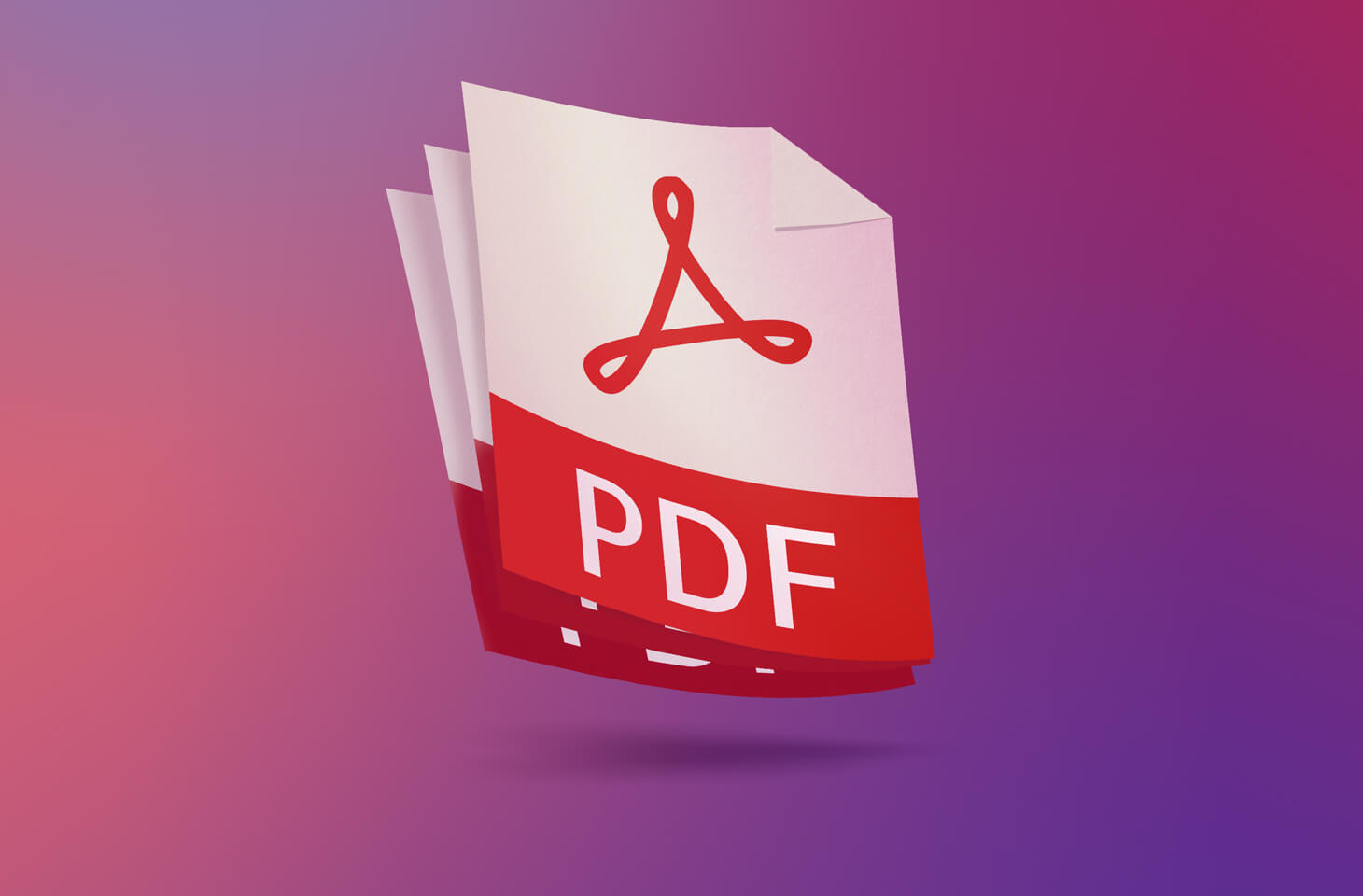PDFs are more than just digital paper. These versatile files offer a multitude of functionalities, many of which remain largely unexplored by the average user. Whether it’s for professional or personal use, understanding these features can greatly improve the way you interact with PDFs, thereby making your tasks simpler and more efficient.

Merging Multiple PDFs
Finding yourself in a clutter of multiple PDF files is a situation we’ve all faced. Perhaps you have several chapters of a report, each in a separate file, and your task is to assemble them into a cohesive unit. This is where PDF merging tools become invaluable. They allow you to combine multiple files into a single PDF, organising your information in a streamlined fashion.
The magic of PDF merging isn’t just about lumping files together. It’s also about giving you control over the order of the files and even the pages within those files. You can prioritise content, arrange pages sequentially, and eliminate redundancies, making your final document more effective and easier to navigate.
Splitting PDF Pages
Not all PDF operations are about aggregation; sometimes, division is the need of the hour. Imagine having a 500-page document when you only need pages 20 to 30. Manually extracting those pages can be incredibly tedious. PDF splitters resolve this issue by allowing you to separate one or multiple pages from a larger document.
The utility of a PDF splitter goes beyond mere separation. Some advanced tools offer options to split by specific text or even by content type. This level of customisation gives you granular control over your documents, empowering you to work with precisely the information you need.
Text and Image Extraction
Picture this: you’ve come across the perfect statistic in a PDF, embedded within a wall of text. Instead of retyping it or resorting to the clumsy screenshot method, text and image extraction tools can save the day. These tools allow you to selectively pick the content you need, whether it’s a block of text or an illustrative image.
Beyond convenience, these extraction tools offer a high level of accuracy. This is especially useful for academic or professional purposes, where even a small mistake can have significant implications. Additionally, the extracted content is usually ready for editing or inserting into another document, adding an extra layer of functionality.
Secure Your Documents
Protecting sensitive information in PDF files isn’t merely an option; often, it’s a necessity. While basic password protection can keep out casual snoopers, more robust security options like encryption and digital signatures offer an extra layer of safety. These features ensure that your files remain confidential, accessible only to those with the proper credentials.
Beyond just adding a password, some PDF tools offer security options like restricting the ability to print, edit, or copy text from the document. These are especially valuable when sharing sensitive business proposals or confidential reports. You can maintain a level of control even after the file leaves your hands, minimising the risk of misuse.
Reducing File Size
While PDFs are designed for ease of sharing, large files can still pose a problem, especially when you’re trying to send them via email. Here is where a PDF compressor like Smallpdf’s can be invaluable. These tools reduce the file size, allowing you to share them easily without sacrificing quality.
The science behind PDF compression involves optimising images and removing unnecessary elements, among other techniques. The result is a lighter file that retains most, if not all, of its original quality. This function is particularly useful for professionals who frequently share dense, graphic-heavy reports or portfolios, as it makes digital distribution far less cumbersome.
Annotations and Comments
PDFs often serve as collaborative tools in professional settings. Whether you’re a researcher marking important passages in a journal article or a project manager highlighting action items in a project report, annotation and commenting tools can be crucial. They allow you to interact with the document, making it a two-way medium.
Additionally, these features provide a platform for group discussions within the document itself. Team members can add their comments, ask questions, or provide clarifications right next to the relevant content. This collaborative feature eliminates the need for back-and-forth emails and brings everyone onto the same page, quite literally.
Batch Processing
Dealing with a large volume of PDFs can be daunting, especially if each requires a similar set of operations like conversion, merging, or splitting. Batch processing tools can perform these actions on multiple files simultaneously, drastically reducing the time spent on such tasks.
These tools are particularly useful for businesses or institutions that need to process a large number of documents regularly. For example, a legal firm could convert multiple case files to a secure PDF format in one go, or a university could batch-process student records. This mass operation functionality brings an industrial level of efficiency to your PDF management tasks.
Create Fillable Forms
PDFs are incredibly useful for forms like applications, surveys, or questionnaires. However, creating a fillable PDF form manually can be a laborious task. Tools that automate this process let you add various types of fields like text boxes, checkboxes, and dropdown menus, transforming your static PDF into an interactive form.
This interactive functionality has a myriad of applications across different sectors. Whether you’re in HR looking to streamline the job application process, or in academia collecting research data, fillable forms can be customised to suit your specific requirements. This elevates your PDFs from mere documents to versatile data collection tools.
Optical Character Recognition (OCR)
OCR technology is revolutionising the way we interact with printed or handwritten text in PDFs. This tool can recognise text within scanned documents or photos, converting them into editable, searchable text. This is incredibly useful for archiving or extracting information from physical documents that have been scanned into a PDF format.
The applications of OCR go beyond mere convenience. It’s a crucial tool for data scientists, researchers, and legal professionals who often need to convert large sets of physical documents into digital formats. By making these documents searchable, OCR significantly speeds up the process of data retrieval and analysis, saving you both time and effort.
Bookmarking and Linking
Large PDFs can be cumbersome to navigate. Bookmarking and linking tools allow you to create a table of contents or an index, making it easier to jump to the relevant sections. These tools transform your PDFs into more user-friendly documents, both for yourself and others who may be using them. You can even create external links that lead to websites or other online resources, enhancing your document’s utility and informativeness.
Rotate and Reorder Pages
Last but not least, the ability to rotate and reorder pages in a PDF is more valuable than it may initially seem. Whether it’s a scanned document with some upside-down pages or a presentation that requires a last-minute change in the sequence, these tools offer a quick fix.
The importance of these features lies in their capacity to enhance readability and the flow of information. It may seem like a small detail, but the order and orientation of pages can have a considerable impact on how the content is perceived and understood. Properly ordered pages contribute to a smoother reading experience, making your document more effective in conveying its message.
A Quick Summary
PDFs are not mere digital vessels for text and images; they’re a Swiss Army knife of document management and collaboration. Whether you’re looking to merge or split files, extract specific content, secure sensitive information, or make your documents more interactive, there’s likely a PDF tool designed to help you. By exploring these functionalities, you can make your PDF interactions not just easier, but also significantly more effective.



